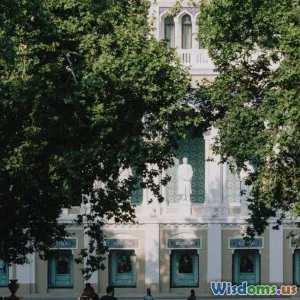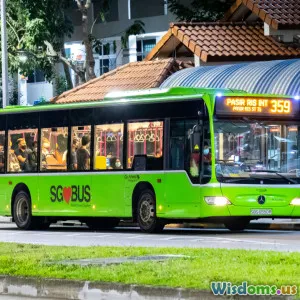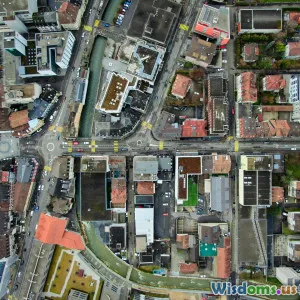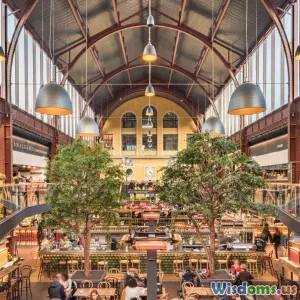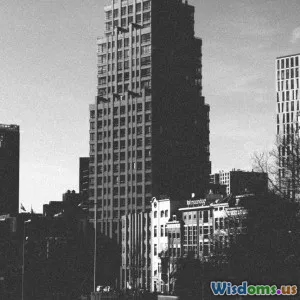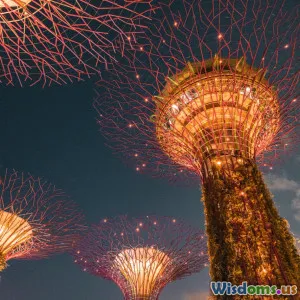
The Future of Urban Green Spaces
6 min read Exploring the evolving role of urban green spaces in city design. (0 Reviews)
The Future of Urban Green Spaces
Urban green spaces have traditionally served as the lungs of our cities, providing vital ecosystems that contribute to the health and well-being of urban populations. As cities continue to grow and evolve, the role of these green spaces is becoming increasingly critical. This article delves into the future of urban green spaces, exploring innovative designs, their numerous benefits, and the trends that are shaping their development.
The Importance of Urban Green Spaces
Health and Well-being
Research has shown that access to green spaces can significantly improve mental and physical health. Urban parks and gardens provide a refuge from the hustle and bustle of city life, reducing stress and promoting physical activity. Studies indicate that people living near green spaces are less likely to suffer from depression and anxiety.
Environmental Benefits
Green spaces play a crucial role in mitigating urban heat, improving air quality, and supporting biodiversity. Trees and plants absorb pollutants, lower temperatures, and provide habitats for various species. As cities face the challenges of climate change, the necessity for green infrastructure has never been more pressing.
Economic Value
Investing in urban green spaces can lead to increased property values, attract tourism, and create jobs. Businesses are more likely to thrive in areas with accessible parks and green areas, which enhance the neighborhood's appeal.
Innovative Designs for Urban Green Spaces
Vertical Gardens
One of the most exciting trends in urban green design is the rise of vertical gardens. These innovative structures allow for greenery to flourish in spaces that would otherwise be barren, such as building walls and rooftops. Vertical gardens not only beautify urban environments but also improve air quality and provide insulation, reducing energy costs.
Green Roofs
Similar to vertical gardens, green roofs are becoming increasingly popular in urban architecture. They consist of layers of vegetation planted on rooftops, offering numerous benefits such as stormwater management, improved insulation, and increased urban biodiversity. Cities like Melbourne and Toronto are leading the way in green roofing initiatives, showcasing their effectiveness in combating urban heat islands.
Pocket Parks
Pocket parks are small green spaces that can be created in underutilized urban areas. These parks, often measuring less than a quarter of an acre, provide quick relief and access to nature for city dwellers. They are particularly important in densely populated areas where larger parks are not feasible. Cities such as New York and San Francisco have successfully implemented pocket parks to enhance community interaction and provide recreational opportunities.
Trends Shaping the Future of Urban Green Spaces
Community Engagement
The future of urban green spaces will heavily rely on community involvement. Local residents are increasingly being invited to participate in the design and maintenance of their neighborhoods' green areas. This approach fosters a sense of ownership and responsibility, leading to better care and maintenance of these spaces.
Climate Resilience
As cities face the growing threat of climate change, urban green spaces are becoming integral to climate resilience strategies. Incorporating native plants, rain gardens, and permeable pavements can help cities manage stormwater and reduce flooding, making them more sustainable and adaptable to changing environmental conditions.
Technological Integration
The integration of technology into urban green spaces is another trend to watch. Smart irrigation systems, for example, use sensors to optimize water usage, ensuring that plants receive the right amount of moisture while conserving resources. Additionally, apps that provide information about local flora and fauna can enhance the user experience, promoting education and engagement.
Conclusion
The future of urban green spaces is bright, as cities recognize the multitude of benefits these areas provide. From improving mental health to enhancing environmental sustainability, green spaces will continue to play a vital role in urban design. As we look ahead, innovative designs and community engagement will be central to creating vibrant, resilient, and inclusive urban green spaces that benefit everyone.
In embracing these changes, cities can ensure that they remain not only places of habitation but also thriving ecosystems that enhance the quality of life for all residents.
Rate the Post
User Reviews
Popular Posts










